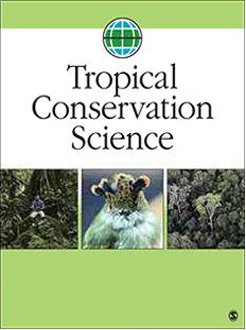Laelia speciosa is an orchid species listed as threatened of extinction in the Mexican standard NOM-059. Wild populations of L. speciosa have been declining due to fragmentation of its habitat and massive extraction for trading in local markets in Mexico. In this study, we aimed to evaluate the evolutionary potential of L. speciosa within a fragmented landscape of ca. 4000 km2 in the Cuitzeo basin, State of Michoacán. We sampled 15 populations throughout the Cuitzeo basin and amplified eight nuclear microsatellite markers to assess genetic diversity, structure, and connectivity and to test for evidence of recent bottlenecks. Surprisingly, L. speciosa populations showed high genetic diversity, with values ranging from moderate to high compared with those reported for other orchid species. Also, the analysis of molecular variance and RST results indicated the existence of low genetic differentiation, favored by its cross pollination habit which facilitates the maintenance of gene flow and that have been observed in other orchid species. Wright's within-population inbreeding (FIS) was positive in all cases, denoting a heterozygosity deficit, with moderate-to-high values. Fragmentation may also lead to inbreeding due to either increased self-fertilization or mating between related individuals within remnant fragments. The L. speciosa populations examined showed evidence suggesting that some populations had recently gone through a bottleneck. We also observed that all the L. speciosa populations had a moderate effective population size. The history of L. speciosa in the Cuitzeo basin suggests that both fragmented and non-fragmented populations may have been recently subject to moderate reductions in effective population size, large enough to affect their allelic diversity, FIS, but not their HE. Such reductions may have been caused by episodic environmental fluctuations or resulted from the recent founding of some of the populations. The effective population size can be used as an indicator of habitat quality, and this was confirmed for the L. speciosa populations, which have undergone a drastic decline due to environmental changes, habitat destruction, and illegal collection. The ultimate goals of conservation are to ensure the continuous survival of populations and maintain their evolutionary potential by preserving natural levels of genetic diversity. Great efforts should be made to preserve this species' extant populations and their habitats to prevent further population reductions and preserve its overall genetic basis. Collection of this orchid should be banned and robust legal protection measures should be enforced through local authorities.
How to translate text using browser tools
1 January 2020
Massive Extraction of the Orchid Laelia speciosa (HBK) Schltr. for Trading in Local Markets Affect Its Population Genetic Structure in a Fragmented Landscape in Central Mexico
Karla Joanna Rojas-Méndez,
Juan Manuel Peñaloza-Ramírez,
Víctor Rocha-Ramírez,
Aurea Cortés-Palomec,
Ross A. McCauley,
Ken Oyama

Tropical Conservation Science
Vol. 10 • No. 1
March 2017
Vol. 10 • No. 1
March 2017
effective population size
forest fragmentation
genetic bottlenecks
genetic diversity
Laelia speciosa
orchids




